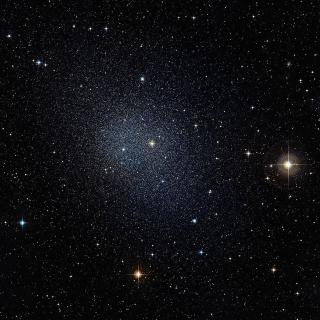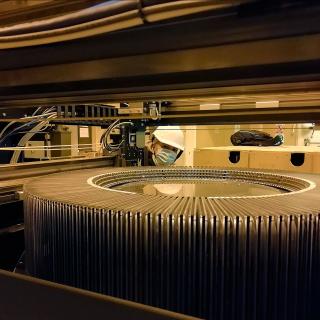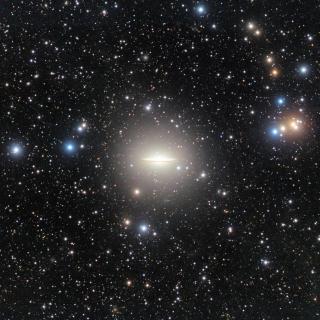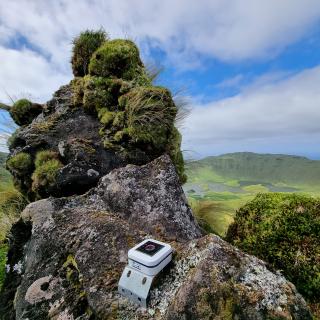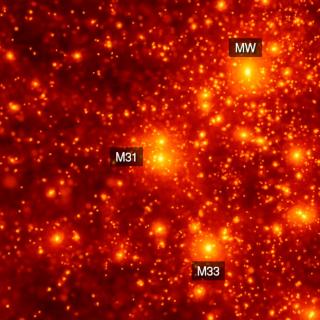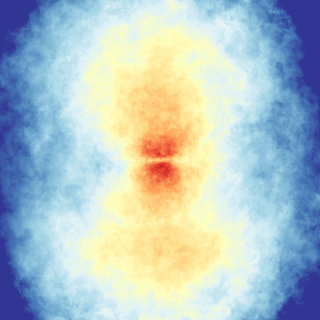
Every massive galaxy hosts a black hole in its center. Both the size and the mass of these black holes is negligible compared to the host galaxy, millions of times bigger and more massive. Yet, and despite their apparent irrelevance, black holes play a fundamental role in the Universe: without them we don’t understand how galaxies form. Thus, understanding the co-evolution of galaxies and black holes is a central question in modern astrophysics. By analyzing the properties of hundreds of thousands of galaxies we have been able to show that a black hole can affect, not only its own galaxy
Advertised on
